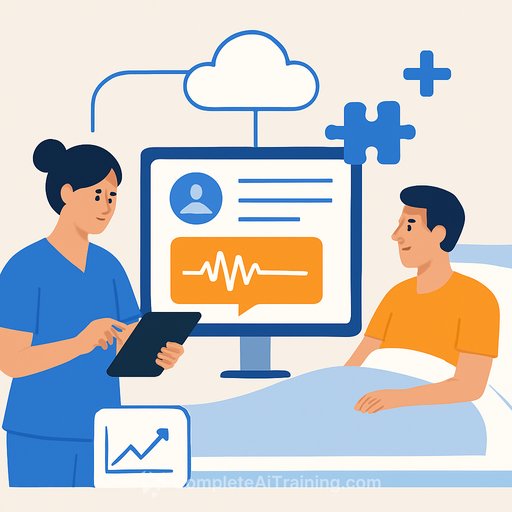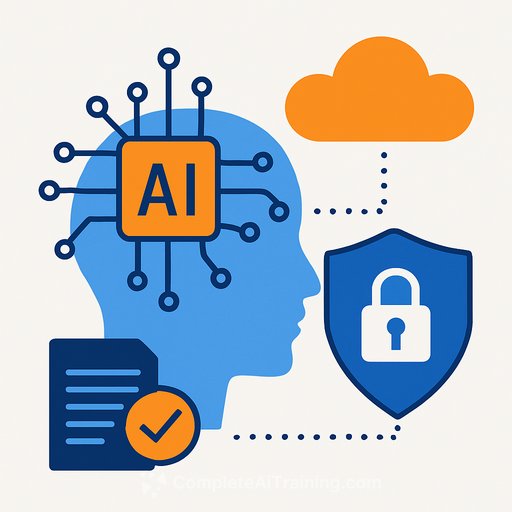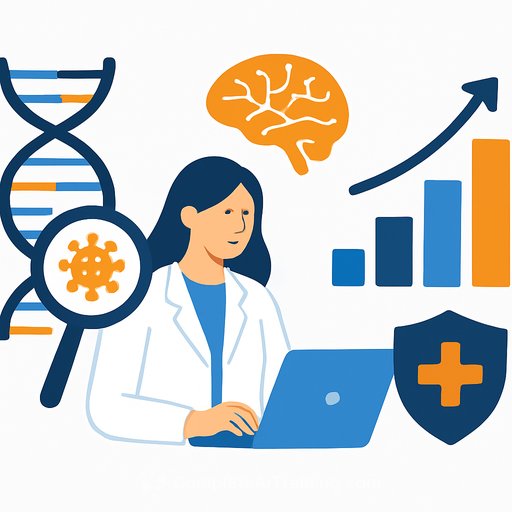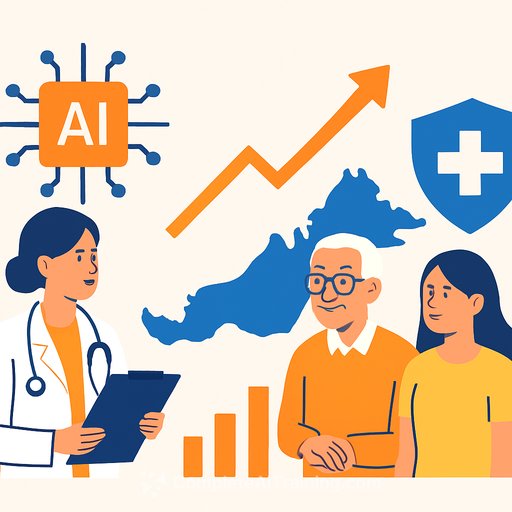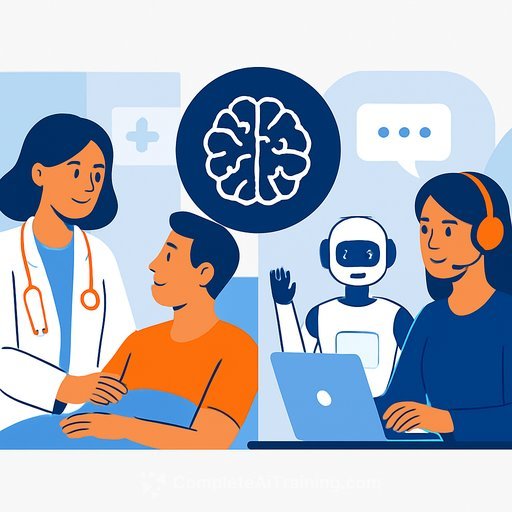Microsoft expands Dragon Copilot to nursing workflows and opens the door to partner AI apps
Microsoft announced new healthcare-focused AI capabilities that bring its Dragon Copilot beyond physicians and into nursing workflows. The update includes a commercially available ambient experience for nurses and the ability to integrate third-party AI apps and agents from a growing partner ecosystem.
The move spans clinical and financial use cases, with integrations that support bedside care, documentation, decision support, prior authorization, and revenue cycle operations.
What's new for nursing
Dragon Copilot's ambient experience for nursing focuses on capturing clinical context during patient interactions and turning it into structured documentation. The goal: reduce manual charting time, improve note completeness, and keep nurses present with patients.
Microsoft also noted collaboration with Artisight and hellocare.ai to examine how voice and other clinical interaction data in smart hospitals and virtual care platforms can feed documentation aligned with Dragon Copilot workflows.
Who's in the ecosystem
Microsoft is enabling partners to integrate their AI apps and agents into Dragon Copilot. Notable categories and partners include:
- Clinical knowledge, decision support, and real-world data: Elsevier; OpenEvidence; Wolters Kluwer UpToDate; Atropos Health; Canary Speech (vocal biomarkers); Pangaea Data (rare disease detection)
- Revenue cycle and prior authorization: Ensemble; Regard; Cohere Health; Humata Health; Rhyme
- Patient engagement and care economics: Press Ganey; RhythmX AI
Microsoft's perspective: "By enabling our customers to extend ambient capabilities across clinical staff and connect their preferred third-party AI apps and agents, we are accelerating the value of their investments across care settings and use cases," said Mary Varghese Presti, CVP and chief operating officer at Microsoft Health and Life Sciences.
Why this matters for health systems
Nursing documentation is one of the biggest bottlenecks in inpatient care. Ambient tools that capture conversations and context can reduce clicks, improve note quality, and return time to patient care. Tying this to decision support and RCM partners can also reduce denials, speed prior auth, and improve charge capture.
For CIOs, CNIOs, CMIOs, and RCM leaders, the integration model means you can standardize on a core assistant (Dragon Copilot) and plug in vetted apps for specific use cases-without forcing clinicians to juggle multiple interfaces.
Market signals worth watching
- OpenEvidence: Raised major funding this year and announced a long-term partnership with Veeva Systems to co-develop "Open Vista" for trial access, faster discovery, and improved medication adoption.
- Atropos Health: Ongoing partnerships with Novartis (PNH identification), Databricks, Ontada (McKesson), Emory Healthcare, Merck, and xCures signal strong momentum for real-world evidence at the point of care.
- hellocare.ai: Secured $47M to scale virtual nursing, telehealth, virtual sitting (32-room monitoring per clinician), and hospital-at-home-complementary to ambient nursing workflows.
How to evaluate and pilot in your organization
- Start with high-friction workflows: Admission histories, med reconciliation, discharge education, and post-op checks. Define baselines for time per note, documentation completeness, and nurse satisfaction.
- EHR integration plan: Validate templates, section mapping, discrete data capture, and problem/med/allergy reconciliation flows before scaling.
- Pick 1-2 partner apps to plug in: For example, UpToDate for point-of-care guidance or a prior auth partner for high-denial service lines.
- Build guardrails: Human-in-the-loop review, clear attribution of sources, and prompts that prioritize safety and evidence.
- Measure outcomes: Time saved per shift, documentation quality, denial rates, prior auth turnaround, and patient experience scores.
Procurement and compliance checklist
- Business associate agreement (BAA), HIPAA compliance, SOC 2 Type II
- Data flow diagrams: audio ingestion, transcription, LLM processing, storage, and retention windows
- Model transparency: source citation, hallucination monitoring, and fallback rules
- Audit trails for prompts, outputs, edits, and sign-offs
- Consent and signage for ambient capture; opt-outs; staff and patient policies
- On-prem vs cloud options, regional data residency, and EHR/VBC platform support
- Cost model: per-user vs per-minute audio; include transcription, summarization, and integration fees
Clinical safety and change management
- Define scope: documentation draft vs decision support vs order suggestions (keep orders clinician-driven)
- Standardize prompts and templates across units to reduce variation
- Train nurse superusers and create quick escalation channels for errors
- Run comparative reviews on a sample of notes each week during rollout
What this could look like on the floor
- Ambient capture during assessment creates a structured draft in real time
- Decision support suggests education points and risk flags with cited sources
- Prior auth bot prebuilds packets with required documentation and history
- RCM checks ensure charge integrity before note finalization
Skills and staffing
Prioritize nurse informaticists and clinical leads who can tune prompts, templates, and workflows. Train frontline staff on review habits and safe use-speed without sacrificing accuracy.
If you're building internal capability, consider structured training for clinical AI adoption and workflow design. See curated options by role and vendor focus at Complete AI Training.
Bottom line
Ambient nursing documentation plus an open partner ecosystem is a practical path to reduce administrative load and improve care quality. Start small, measure hard outcomes, and plug in partner apps where they move key metrics-then scale.
Your membership also unlocks:

